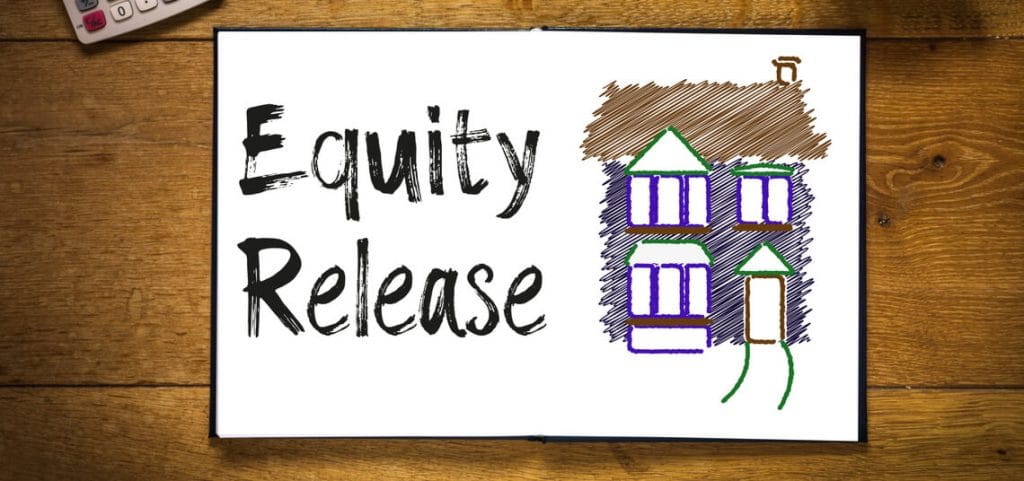Everything you need to know about EWS1 Form
After the Grenfell tragedy in 2017, legislation was put in place to ensure such sad and horrific events wouldn’t happen again. One of the actions taken was creating the EWS1 form, which reports if a building meets the required fire safety standards. But what does it mean for landlords who either have a buy-to-let property or are thinking of investing in one?
What is an EWS1 form?
The EWS1 form is required if there is no valid building control certificate that complies with the Building Amendment Regulations of 2018. The form provides a clear “safe” or “unsafe” certificate for a property, giving everyone clarity over an apartment’s fire safety status. This relates to the cladding used when the buildings were constructed to ensure it’s not the same type found at Grenfell.
The form is a way for residential owners to prove to lenders and valuers (more on that in a bit) that the building has been assessed and is classed as safe from fire hazards. A building classed as “safe” won’t have any potentially dangerous cladding with wall glazing or balconies and there shouldn’t be any issues buying or selling it. The form also covers combustible materials on the external facade of buildings.
How does the EWS1 form work?
Understanding the workings of the EWS1 form, its relevance and recent changes is helpful for property owners, tenants and anyone involved in real estate transactions.
The assessment
The EWS1 form is based on an assessment carried out by a qualified professional, such as a chartered fire engineer or a chartered construction professional. With recent updates, those who have completed the EWS1 Assessment Training Programme are now also able to complete the EWS1 form. The process focuses on the building’s external wall system, considering elements such as cladding type, insulation and fire break systems.
It’s worth noting that the EWS1 form does not represent a comprehensive fire strategy check for the building but focuses on the external wall system. The form is filled out based on this assessment, indicating whether the external wall system meets fire safety standards.
The form
Once the assessment is complete, the assessor fills out the EWS1 form, which is now electronic and includes version control to increase transparency. The form has two sections, A and B.
In section A, the assessor confirms that there are no combustible materials in the building’s external wall system, or that there are, but they are of limited combustibility and meet necessary standards. If section A can be completed, no further action is required.
If section A cannot be completed, the assessor moves to section B. This section is used when combustible materials are present, and the assessor needs to state whether they pose a risk requiring remediation work. If such a risk is identified, the building owner must undertake remediation work.
The updated EWS1 form also covers whether interim measures are required, offering additional guidance to assessors and building owners.
The implications
The EWS1 form is used in various contexts. It may be helpful for a building owner to demonstrate compliance with fire safety standards, requested by a mortgage lender during a property transaction or by tenants seeking reassurance about their building’s safety.
The EWS1 form is valid for five years, after which a new assessment must be undertaken. However, in line with the recent updates and the introduction of PAS9980, the need for an EWS1 form is expected to decrease as more comprehensive Fire Risk Assessments are carried out.
Information provided courtesy of RICS
EWS1 forms and buy-to-let investors
Multi-storey buildings are often popular investment assets with landlords, who will need to pay particular attention to EWS1 forms. The EWS1 form affects landlords on all levels, whether they’re buying, selling or remortgaging.
Any building classed as unsafe could mean that property owners need to spend thousands in an effort to bring it up to scratch. Buyers will also need to safeguard themselves, ensuring the property they purchase has an EWS1 form classed as safe.
Getting a valuation and mortgage
Valuers will need to see the EWS1 form to provide an accurate valuation of the property. Without it, valuers can’t provide an accurate valuation of the property, and, more importantly, mortgage lenders may be unable to lend on homes without an EWS1 form in place.
Majority mortgage lenders are currently requesting the EWS1 forms before lending to ensure they don’t provide funds on an apartment in a building that may be unsafe or require extensive and expensive repairs to bring it in line with regulations.
Understanding the role of EWS1
As a landlord, you’ll need an EWS1 form if you’re buying a new property in a multi-storey building. The valuer performing the valuation will attain the form and report their findings back to the mortgage lender after conducting the rest of the property’s valuation. If you’re selling, you should contact the building’s management company to get the results of the EWS1 form.



